Over 150 Ettore Sottsass ceramics go on view at Phillips in London
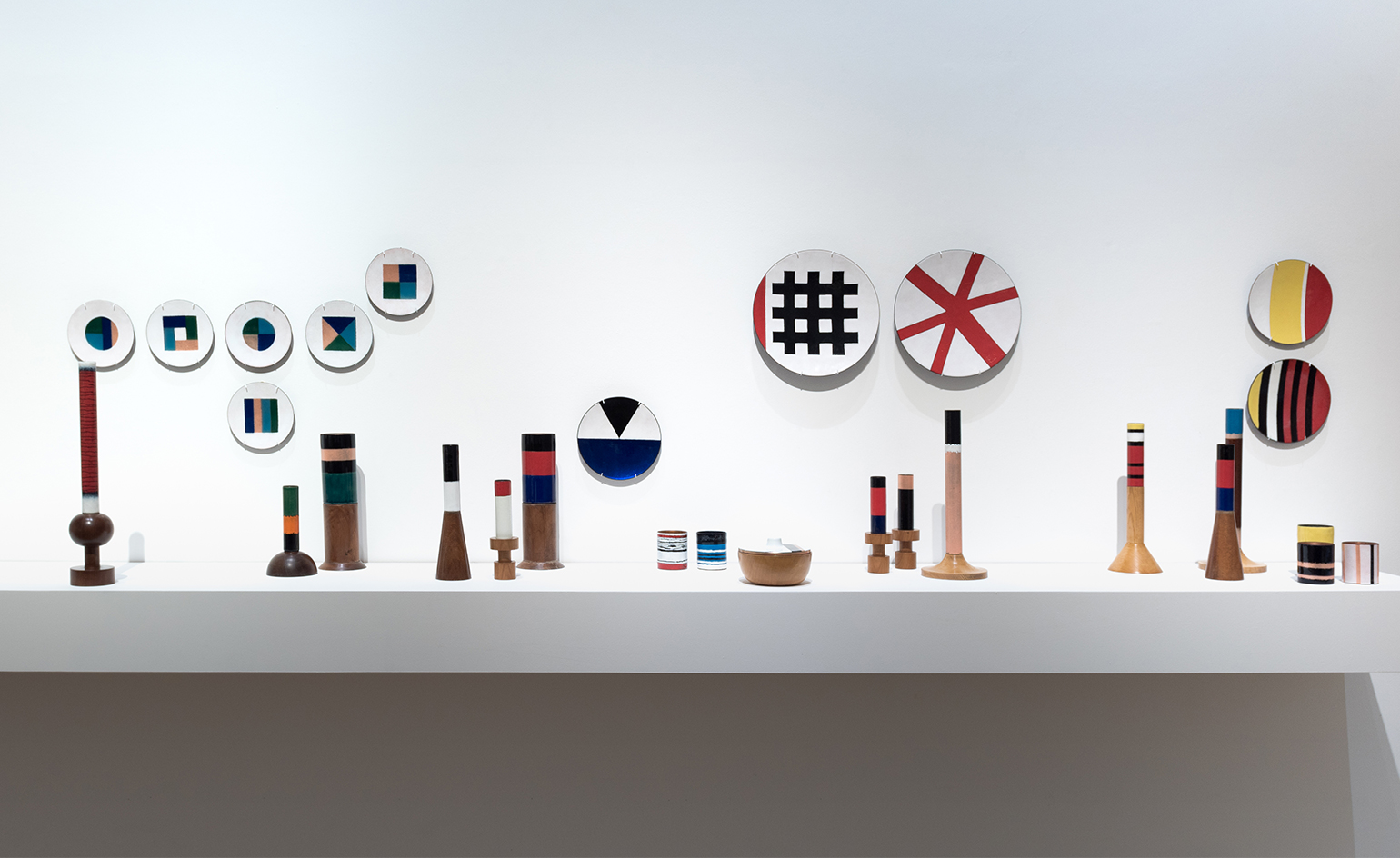
Over 20 years before founding Memphis in 1980 – the subversive Italian design and architecture group that spearheaded a movement against the rigid rules of modernism – a young Ettore Sottsass was already experimenting with the radical design language that would later become his legacy. Created between 1955 and 1970, these artisanal experiments in form and colour were realised in ceramic and enamel – a medium that the designer returned to over and over throughout his 60-year career.
Over 150 of the works that Sottsass created during this early period are now assembled at Phillips’ London galleries on Berkeley Square in a non-selling exhibition titled ‘Ettore Sottsass: Fragile’.
‘There has never been an exhibition of Sottsass’s ceramics like this one,’ says French architect and avid Sottsass collector Charles Zana, who co-curated the exhibition with historian Fulvio Ferrari. ‘We want to show people this fantastic saga.’
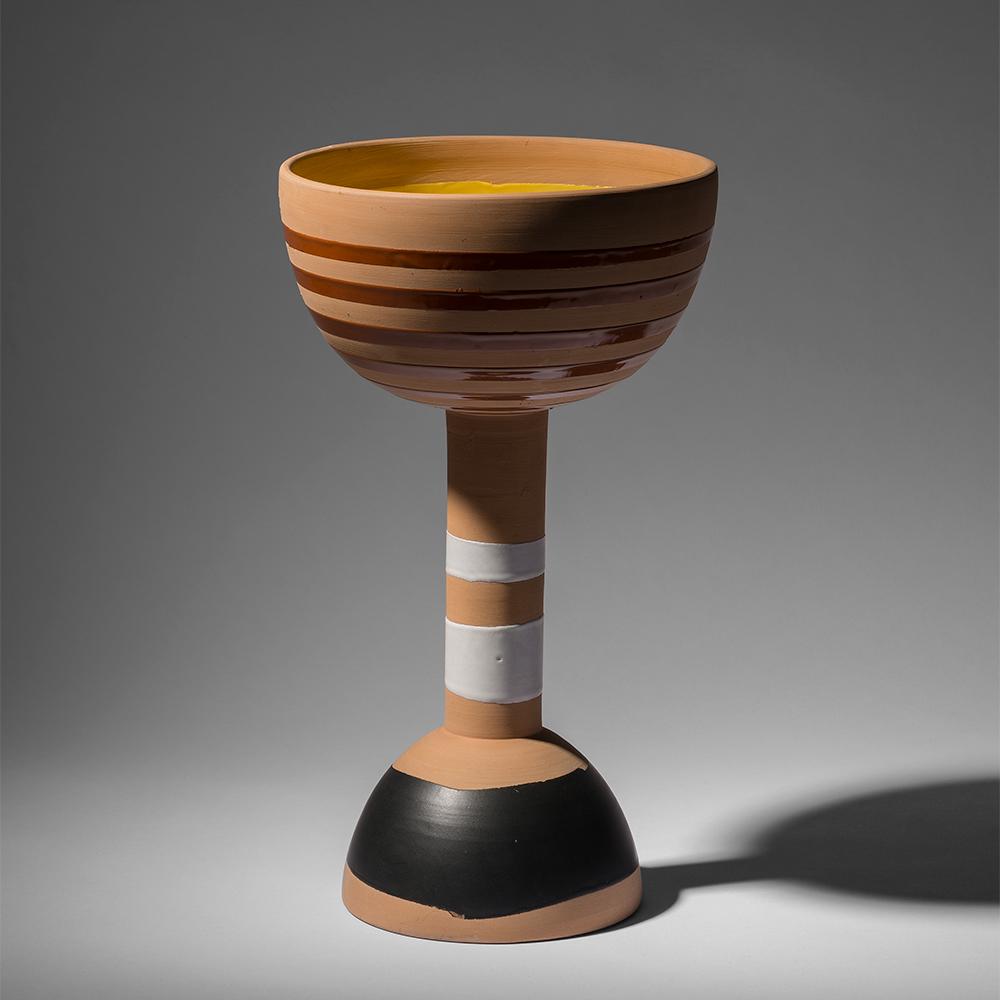
Work from 1958 in clay, polychrome glazes and protective wax.
The collections on show, Zana informs, were largely produced over a ten-year period by small artisanal workshops such as Bitossi for Milanese gallery Il Sestante. For Sottsass, the pieces were created purely as a creative outlet with very few actually being sold at the time of their production.
‘We want to show people this fantastic saga.’
‘Maybe some were given to friends and intellectuals in Milan, but they were very unconventional for their time,’ remarks Zana, who says that Sottsass produced around ten collections over ten years for the gallery. ‘That's why I find it so remarkable that this young architect managed to convince the best ceramic company to produce them. I am always interested in people who were not commercially successful in their time,’ he adds.
Zana has been collecting Sotsass’s works for around 20 years and estimates that he has around 50 of the designer’s pieces in his personal collection, although he hasn’t ever counted.
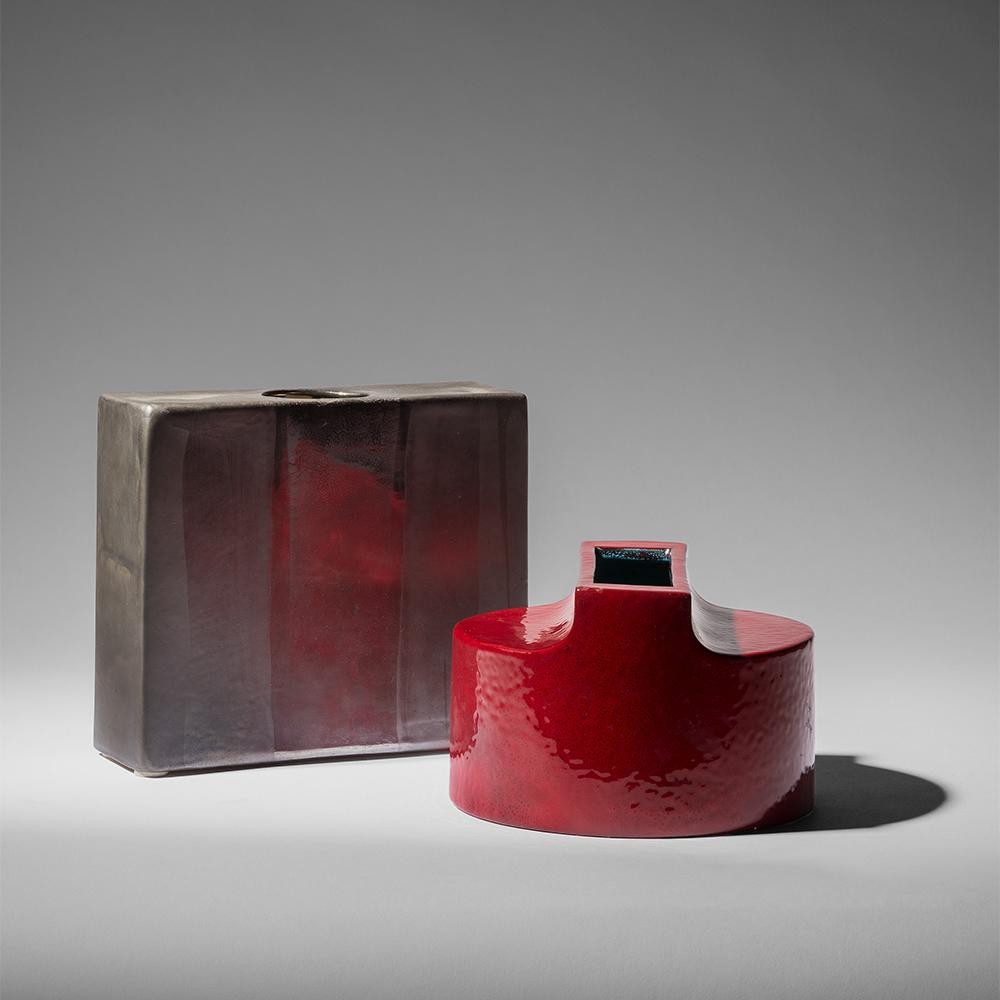
Colaggio,1963 and from the Ceramic Whistle series, 1962
‘Every collection has something to say about Sottsass – he created them as an artist not an architect,’ he enthuses. ‘This is why these years were so incredibly rich.’
Wallpaper* Newsletter
Receive our daily digest of inspiration, escapism and design stories from around the world direct to your inbox.
Starting from 1955 the pieces show that even in the beginning the designer was pushing boundaries. Between 1957 and 1959 he produced Ceramiche di lava – a series of around 30 pleasingly tactile pieces with rough surfaces made from lava – according to Zana he was the first artist to do so. From here he abandoned the material entirely and switched direction.
‘This is what makes the way he worked so interesting. It’s a very modern way to think,’ comments Zana. ‘Each year the collections were very different.’
In Sottsass’s work from the early 1960s we start to see the emergence of the black and white grid that became a signature trademark for the designer. This pattern, Zana says, was influenced by his upbringing in the Italian Tyrol and the influence of Austrian designers such as Josef Hoffman and the artists of the Wiener Werkstätte.
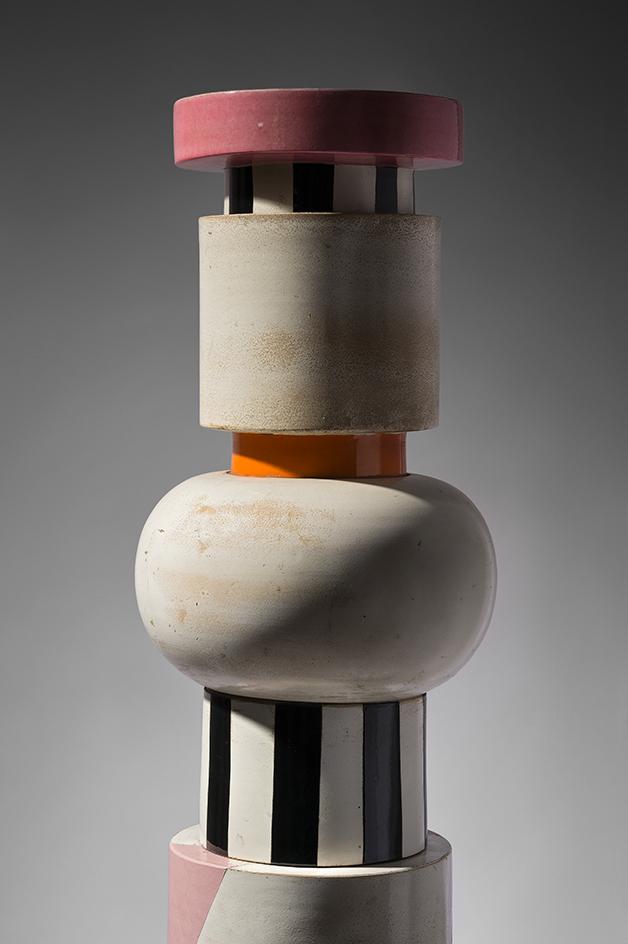
Grande vaso afrodisiaco per conservare pillole antifecondative totem in polychrome ceramic, 1964.
The large-scale totems that Sottsass produced in 1967 for Enzo Sperone Gallery in Milan are perhaps some of his most recognisable works. Zana says that despite their cheerful appearance, these colourful stacked forms were actually inspired by the cocktail of pills he was prescribed during a stay at a treatment centre in Palo Alto when suffering from nephritis. It was at this time during his illness that he also dreamt up the Ceramic of Darkness collection, with its hallucinogenic sun and moon symbolism. Meanwhile the Yantra series from 1969 references the designer’s ongoing fascination with Tantric art and Indian culture.
‘Sottsass was someone that could be dark,’ explains Zana. ‘He was always working with old materials, simple form, very basic colour and was inspired by ancient culture, but at the same time his work was very modern – I’m very moved by that.
‘Every collection has something to say about Sottsass – he created them as an artist not an architect,’
With his encyclopaedic knowledge, Zana’s stories bring the collections to life, yet at the Phillips exhibition, the ceramics are left to speak for themselves – a missed opportunity perhaps. Presented in groups across the space, these miniature ceramic skylines illustrate the designer’s unique and experimental aesthetic while serving as a reminder that there was much more to the man than Memphis.
To coincide with the opening this week, Zana also celebrates the launch of his book, Charles Zana: The Art of Interiors, published by Rizzoli, and the launch of a series of furniture pieces with London gallery The Invisible Collection. Pieces are on show at the brand’s discreet Belgravia townhouse showroom until 12 April.
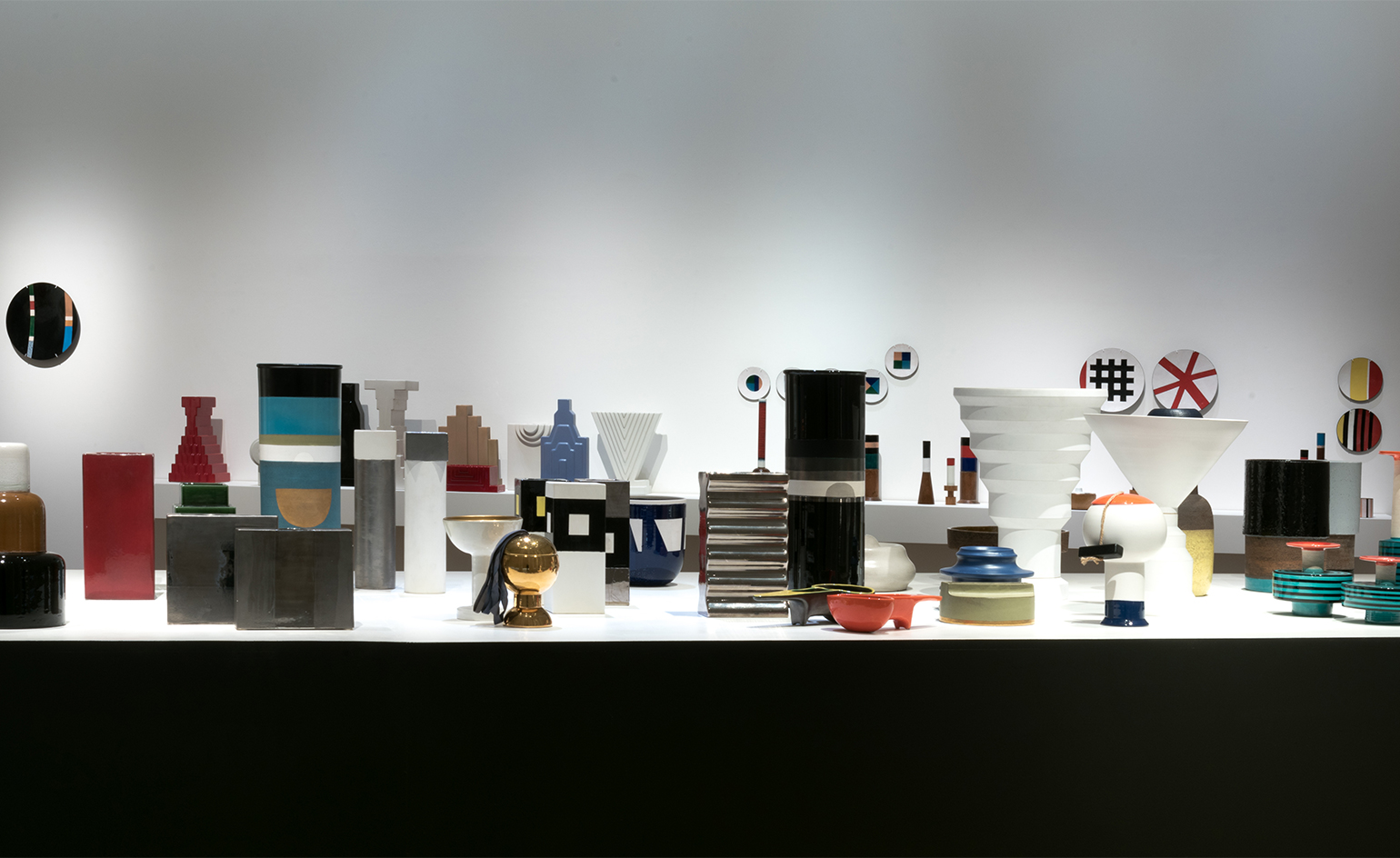
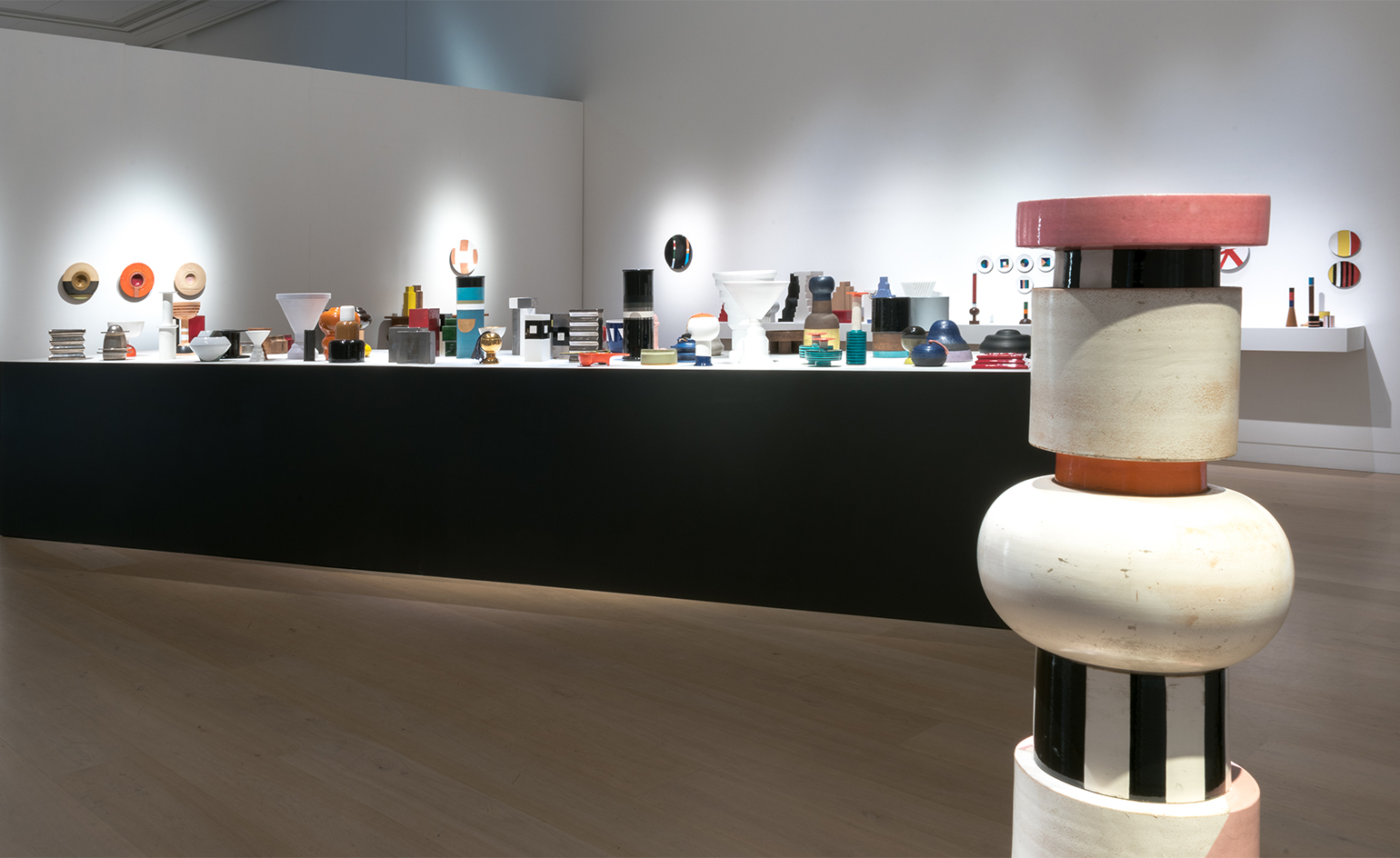
INFORMATION
‘Ettore Sottsass: Fragile’ is on view until 15 February. For more information, visit the Phillips website
ADDRESS
30 Berkeley Square
London
Ali Morris is a UK-based editor, writer and creative consultant specialising in design, interiors and architecture. In her 16 years as a design writer, Ali has travelled the world, crafting articles about creative projects, products, places and people for titles such as Dezeen, Wallpaper* and Kinfolk.
-
 EV maker Rivian creates its first Concept Experience in New York’s Meatpacking District
EV maker Rivian creates its first Concept Experience in New York’s Meatpacking DistrictUnder the High Line, in the heart of one of New York’s most famous neighbourhoods is the Rivian Concept Experience, a showroom designed to surprise and delight both long-term aficionados and total newcomers to the brand
-
 How to use AI in architecture? A practical guide with Tim Fu
How to use AI in architecture? A practical guide with Tim FuArchitect Tim Fu, an early AI adopter who regularly uses these new technologies in his practice, offers his advice
-
 The largest posthumous survey of Helen Frankenthaler puts her in the frame with Pollock and Rothko
The largest posthumous survey of Helen Frankenthaler puts her in the frame with Pollock and RothkoGuggenheim Bilbao hosts 'Painting Without Rules', a major exhibition of soak-stain innovator Helen Frankenthaler’s paintings that also includes Pollock and Rothko
-
 Alessi Occasional Objects: Virgil Abloh’s take on cutlery
Alessi Occasional Objects: Virgil Abloh’s take on cutleryBest Cross Pollination: Alessi's cutlery by the late designer Virgil Abloh, in collaboration with his London studio Alaska Alaska, is awarded at the Wallpaper* Design Awards 2023
-
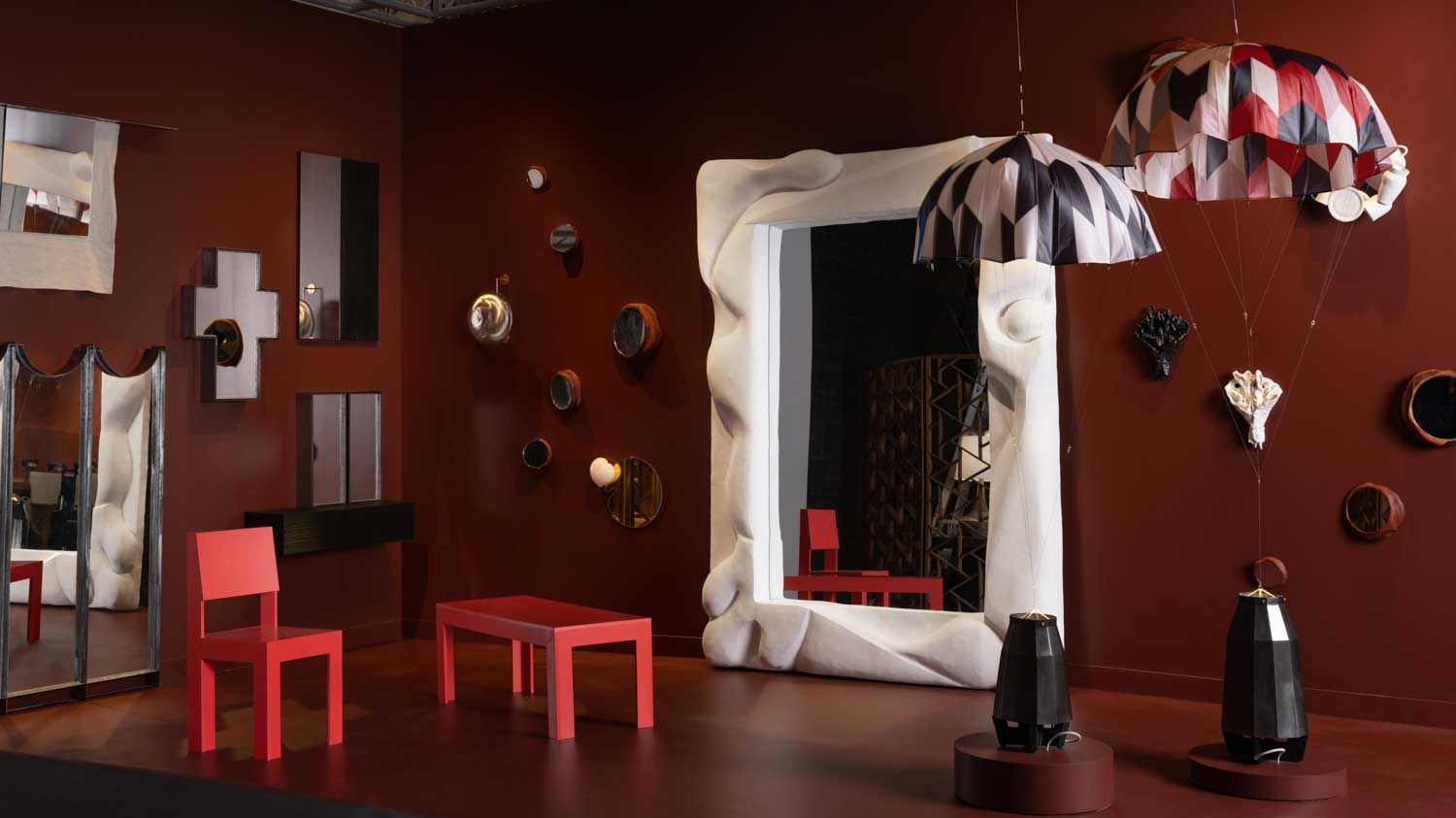 Design Miami 2022: highlights from the fair and around town
Design Miami 2022: highlights from the fair and around townDesign Miami 2022 (30 November – 4 December) aims at ‘rebooting the roots of our relationship with nature and collective structures, ecospheres, and urban contexts’
-
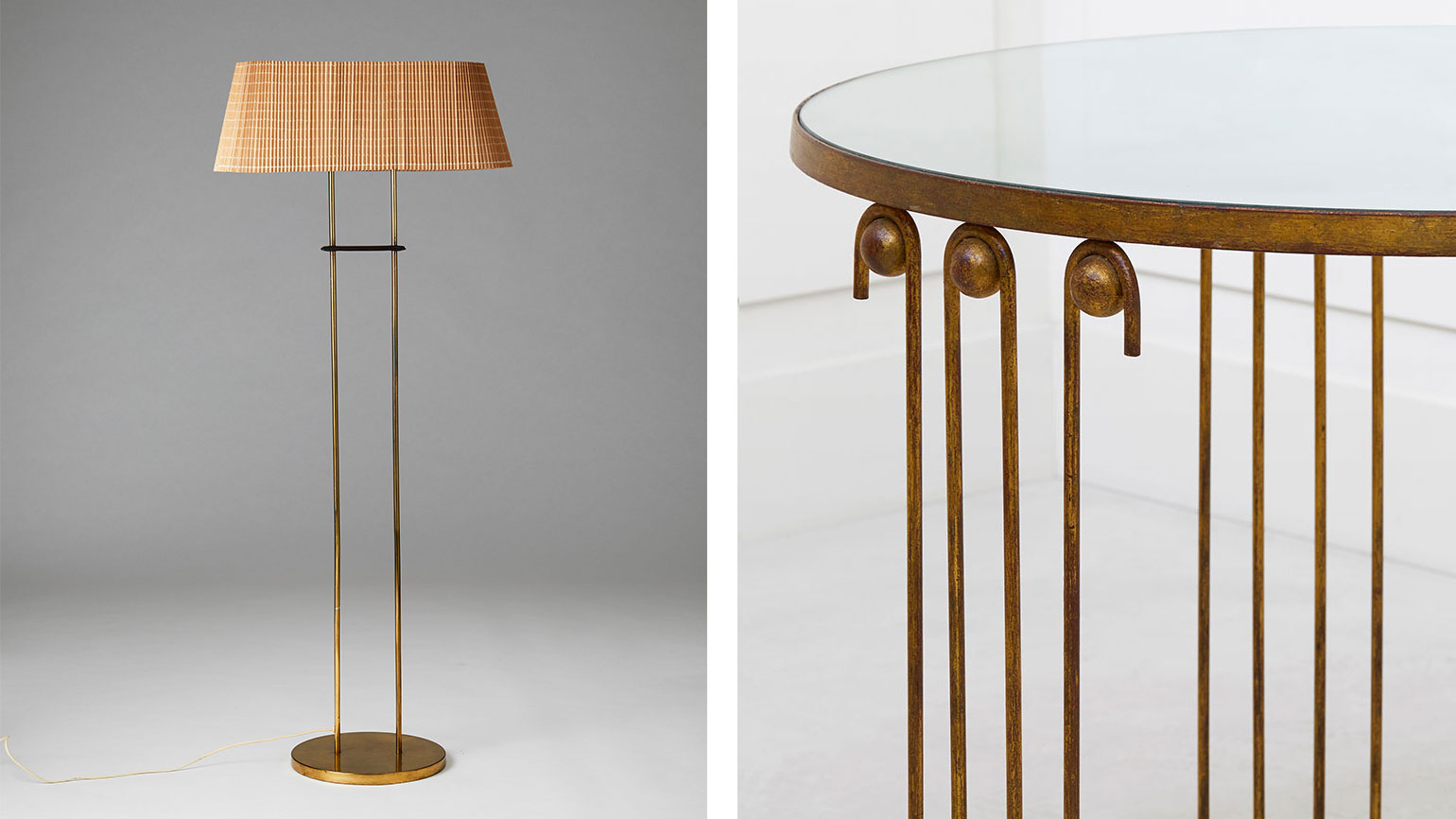 Salon Art + Design 2022: design highlights not to miss
Salon Art + Design 2022: design highlights not to missWallpaper* highlights from Salon Art + Design 2022, New York
-
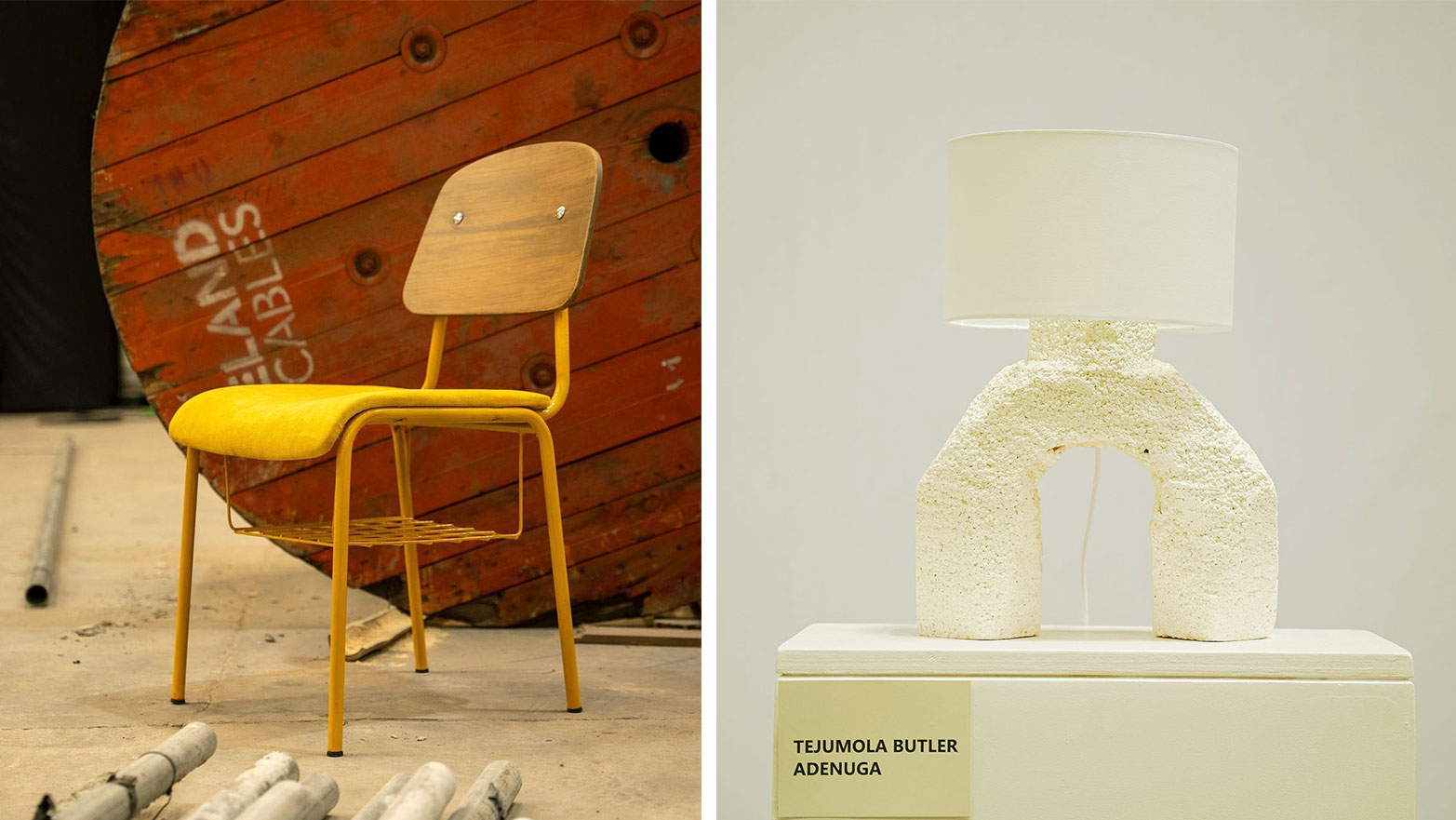 Design Week Lagos 2022 celebrates creativity and innovation in West Africa and beyond
Design Week Lagos 2022 celebrates creativity and innovation in West Africa and beyondCurated by founder Titi Ogufere, Design Week Lagos 2022 is based on a theme of ‘Beyond The Box’
-
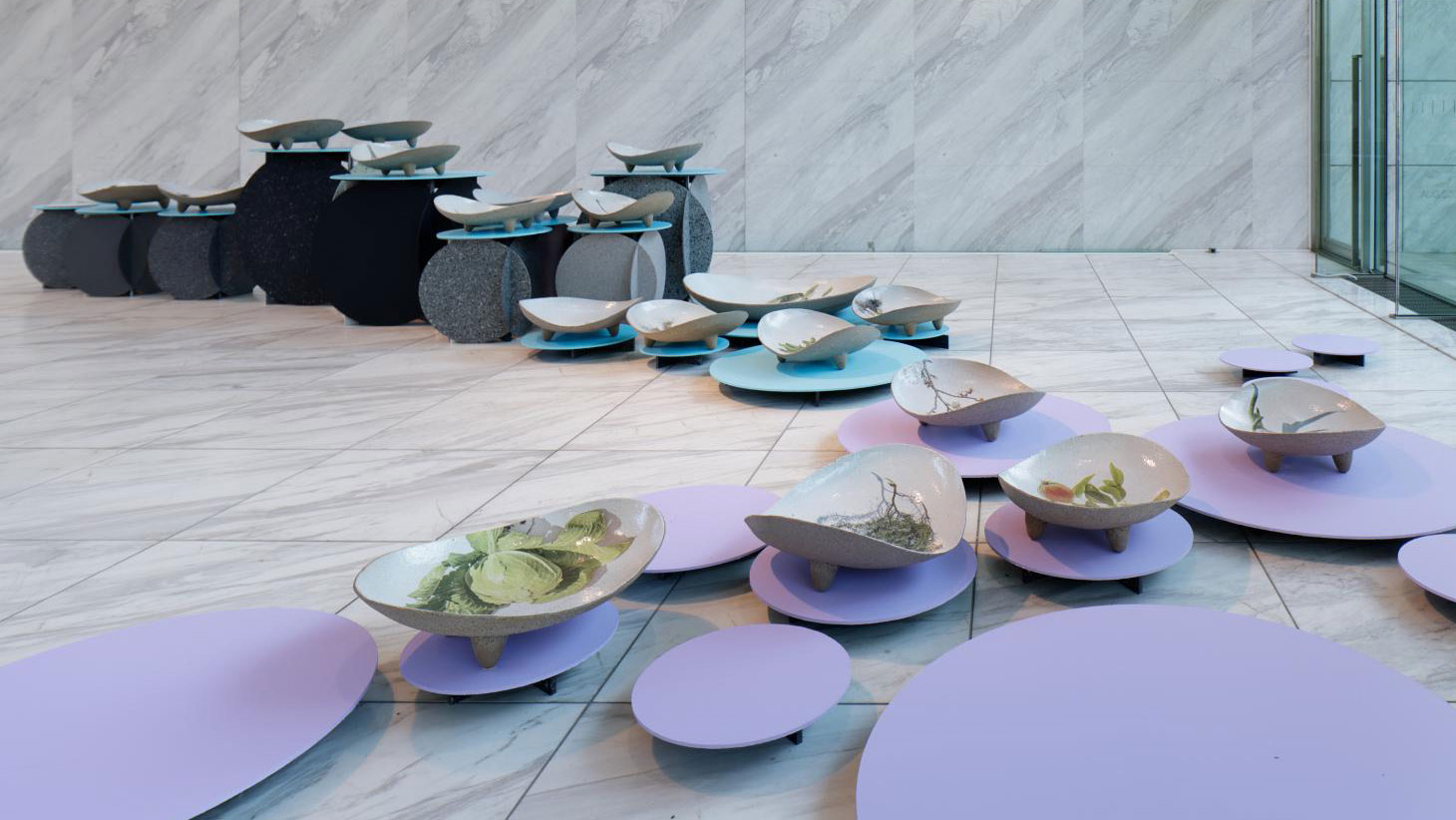 Designart Tokyo transforms the city into a museum of creativity
Designart Tokyo transforms the city into a museum of creativityDesignart Tokyo presents global design highlights through a series of exhibitions involving global creative talent and traditional Japanese craft
-
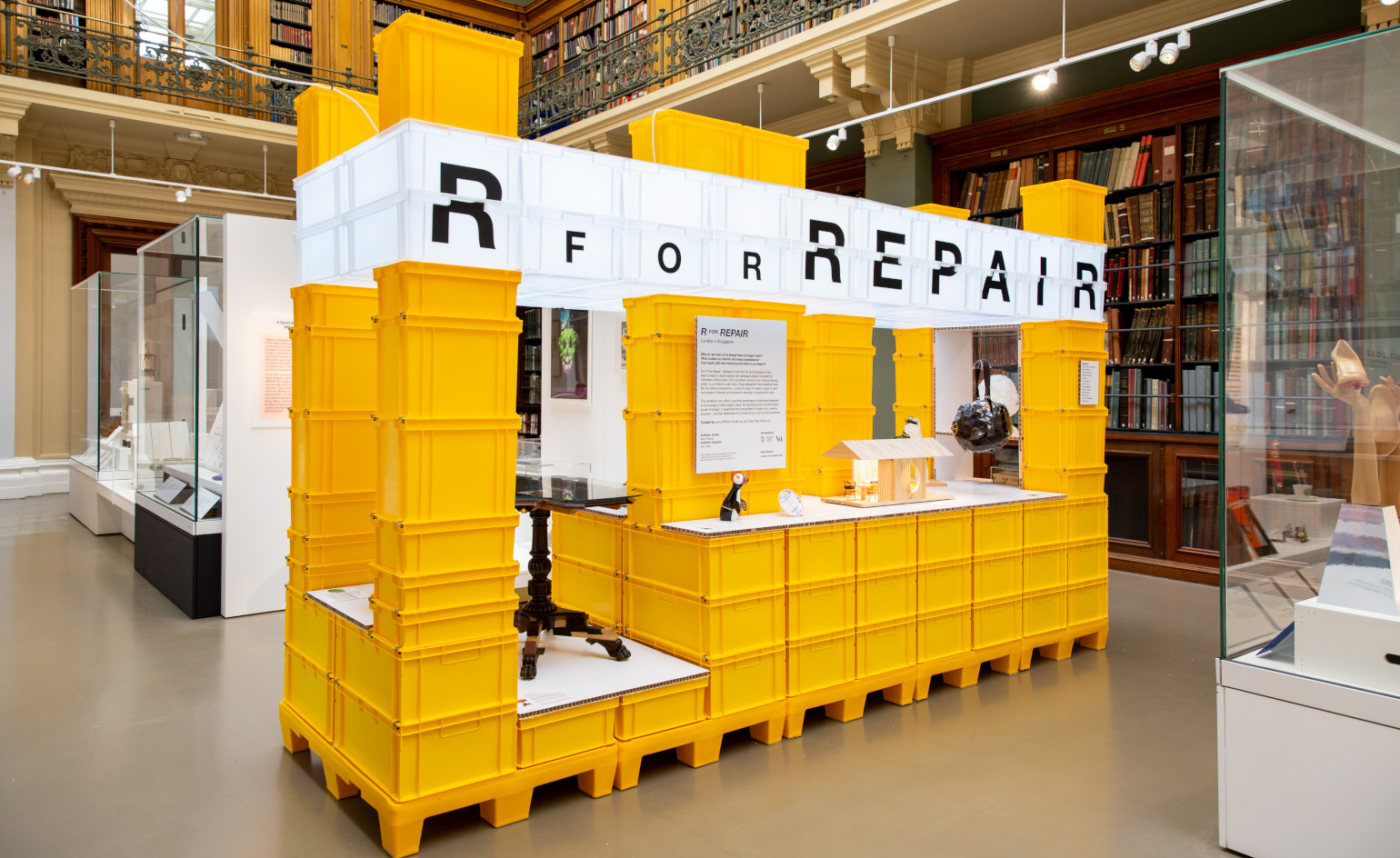 ‘R for Repair’ at London Design Festival displays broken objects, re-formed
‘R for Repair’ at London Design Festival displays broken objects, re-formedIn the second half of a two-part exhibition and as part of London Design Festival 2022, ‘R for Repair’ at the V&A displays broken objects, re-formed
-
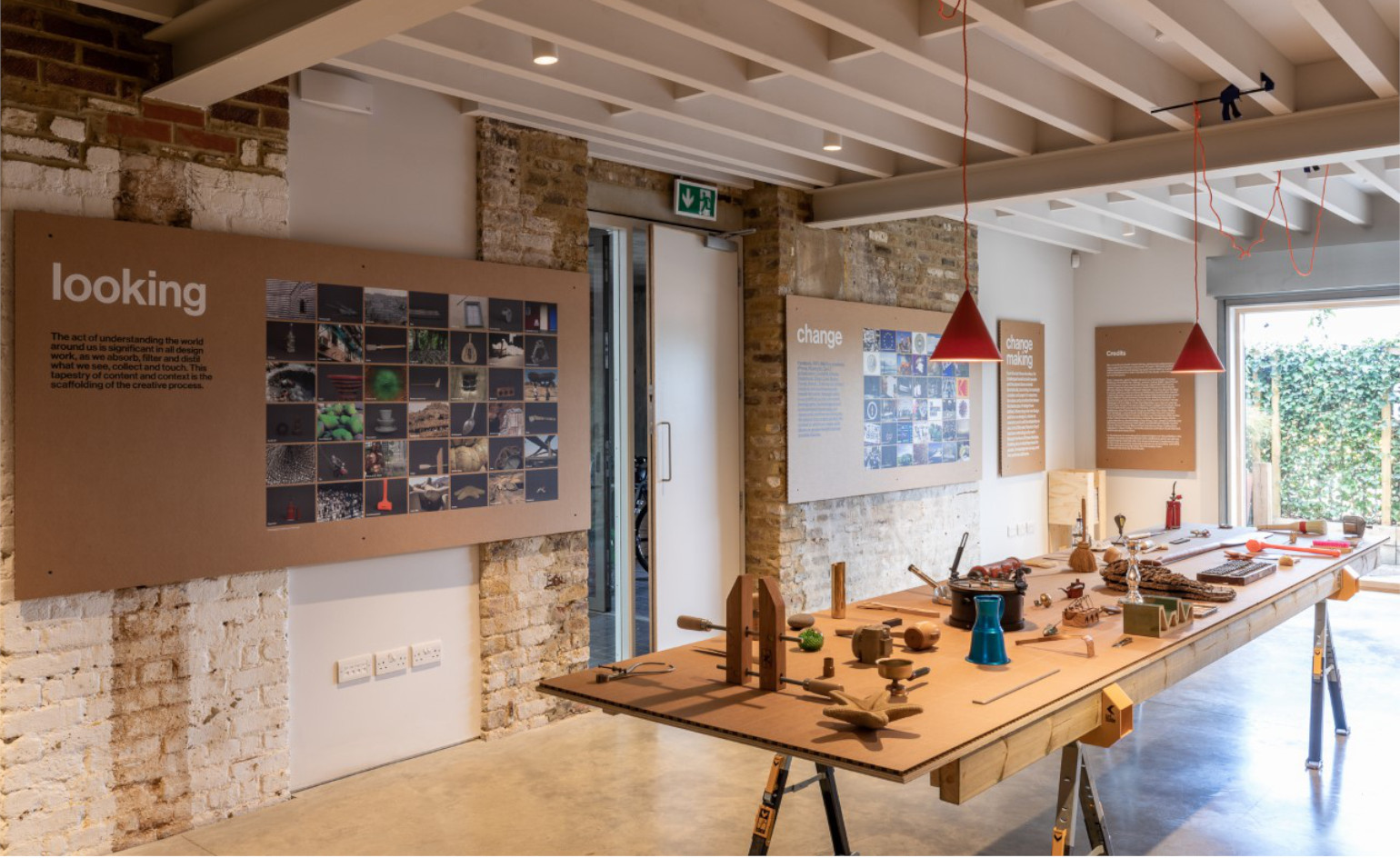 ‘Finding quality through the act of making’: Pearson Lloyd celebrates 25 years of design
‘Finding quality through the act of making’: Pearson Lloyd celebrates 25 years of designPearson Lloyd’s show ‘Change Making’ reflects on past designs from its archives, showcasing the influences on and evolution of the studio, from furniture design to the NHS
-
 Tom Dixon marks his studio's 20 years with a show of design experiments
Tom Dixon marks his studio's 20 years with a show of design experimentsMushroom, cork, steel coral and more: Tom Dixon showcases an overview of his design experiments as he celebrates his practice's 20 years